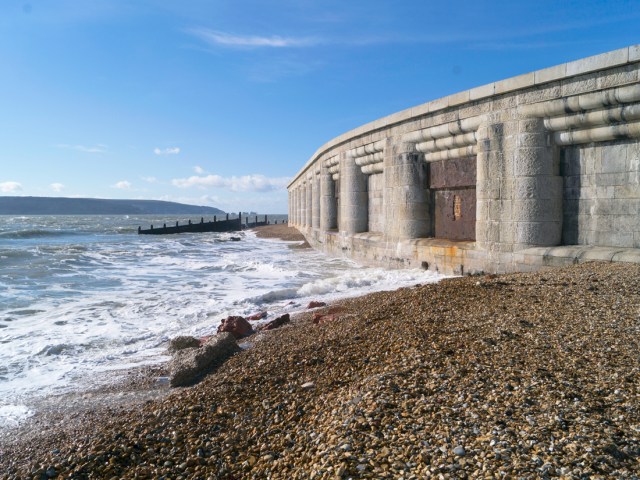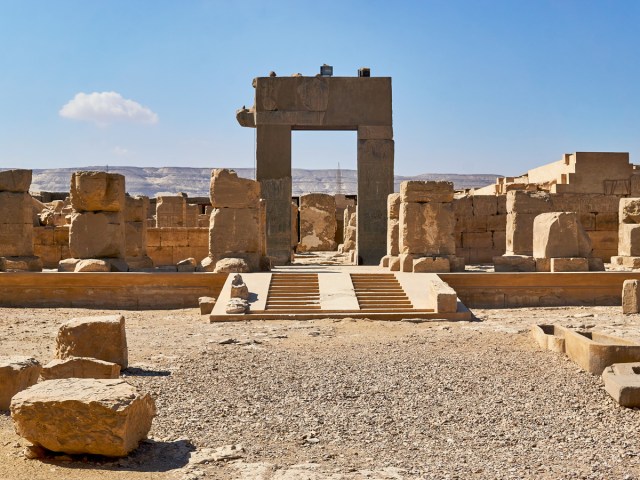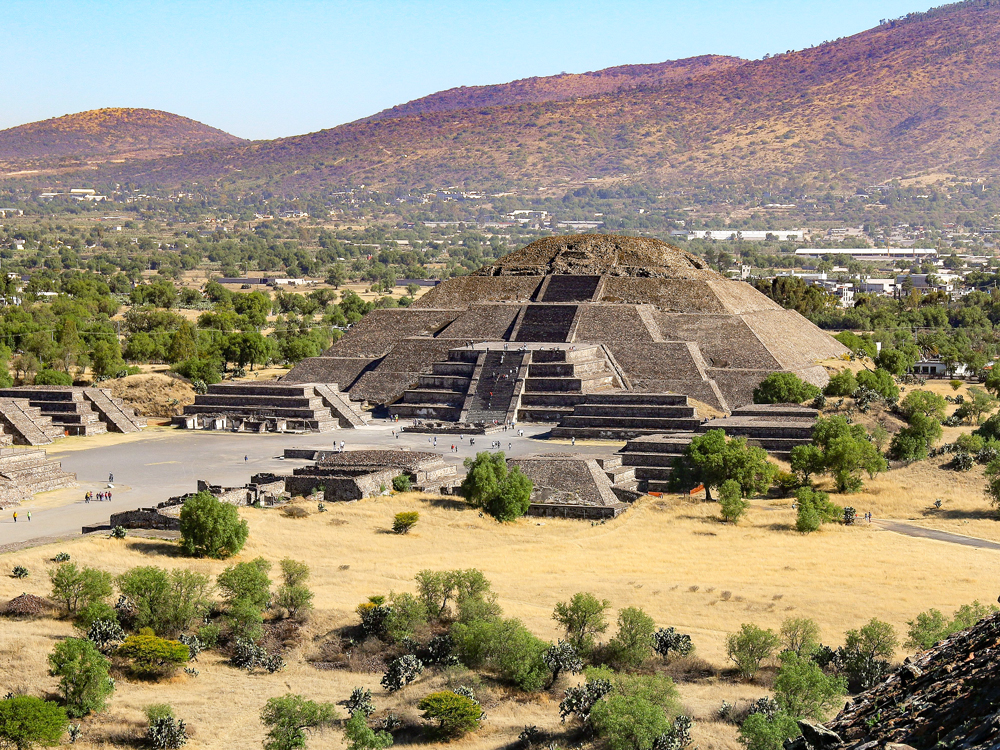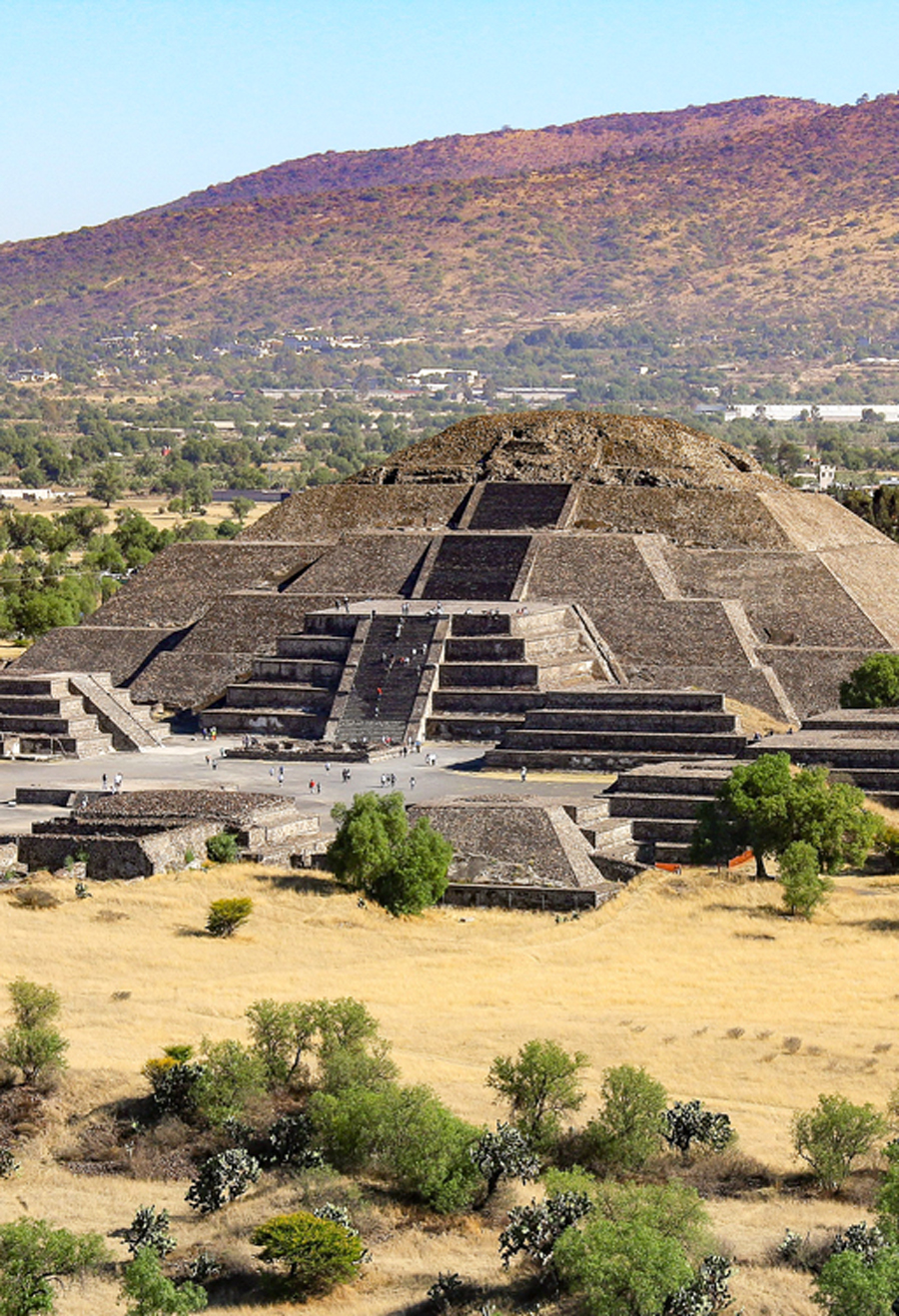It’s amazing to think that there are structures and buildings in this world that have stood while centuries of history has unfolded right at their feet. From Europe to the Middle East and far-flung islands in Asia, historic architectural wonders are an important reminder of where humans have been and how far we’ve come. Unfortunately, in our constantly changing world, the very existence of these treasured structures is threatened by everything from climate change to deterioration and neglect. With that in mind, here are four spectacular works of architecture you should check out before they’re gone for good.
Two Towers – Bologna, Italy

The Leaning Tower of Pisa may be Italy’s most famous titled structure, but the Two Towers boast an even more dramatic lean. Clustered in the center of Bologna, these two towers — Garisenda Tower and Asinelli Tower — tower above the skyline of this northern Italian city. The former, Garisenda Tower, was constructed in the 12th century in Piazza di Porta Ravegnana and was originally 197 feet tall. However, due to structural instability, the tower soon began to lean. In the 14th century, about 40 feet of the structure was removed off the top to prevent complete collapse. Despite the partial demolition, the tower continued to slant and is now 11 feet from its vertical starting point.
Its sister tower, Torre Asinelli, sits 230 feet away and is the taller of the two towers at 318 feet. Also built in the 12th century, Asinelli Tower faces a similar tilting problem due to the soft and unstable ground and narrow base. It currently leans four feet from being completely vertical. Fears of complete collapse of both towers have led the city of Bologna to launch a restoration project to save these iconic city symbols for future generations.
Hurst Castle – Hampshire, England

Built by Henry VIII in the 16th century, Hurst Castle was originally constructed to defend important ports and waterways on England’s southern coast. Despite witnessing the English Civil War, World War I, and World War II, the castle was never attacked, though it was often armed with artillery. These days, Hurst Castle is a popular tourist attraction for both architecture lovers and history buffs interested in England’s military history and defense strategies.
However, its low elevation (10 feet above sea level) makes the castle vulnerable to ocean erosion, especially during storms that bring heavy wind and waves. The shallow foundation has suffered damage due to storm surges, and in 2021, a section of the fortress collapsed. English Heritage, the charity which cares for the site, launched a conservation program to preserve and rebuild the castle, but site managers warn that rising sea level will continue to pose a threat.
Abydos – Egypt

One of the most important archeological sites in Egypt, Abydos is a sacred city (and now a UNESCO World Heritage Site) located a few miles west of the Nile River. Abydos was settled as early as 3300 BCE and remained significant throughout the Predynastic Period in Ancient Egypt. The city served various purposes as a necropolis (the first king of a unified Egypt is buried here, among many other royals), a pilgrimage site, and a site of religious rituals for the Osiris Cult. Abydos also contains many religious temples dedicated to gods and pharaohs and houses an extensive collection of hieroglyphics that have helped researchers piece together Egypt’s fascinating history.
Recently, looters have endangered the site by stealing and illegally unearthing artifacts from the ancient city. Urban encroachment also threatens Abydos, as does a rising water table and inadequate tourism management. Since 2022, the World Monuments Fund (WMF) has teamed up with the Egyptian Ministry of Tourism and Antiquities (MoTA) and the American Research Center in Egypt in conservation efforts to restore Abydos’ structures and enhance future protection measures.
Teotihuacan – Mexico

Teotihuacan — a massive temple complex and significant archaeological site located 25 miles northeast of Mexico City — offers a glimpse into what was once the most influential city in ancient Mesoamerica. Many travelers who visit Mexico’s modern-day capital city also make the short drive outside the center to explore Teotihuacan, which flourished between the first and seventh centuries.
As with many ancient archeological sites, the structures’ composition face deterioration due to natural elements, shifting climate patterns, erosion, and overtourism. The site has made the World Monument Fund (WMF) watch list on four separate occasions since 1998, and the organization has assisted with recent conservation efforts to prevent this treasure trove of history from falling into ruin.
More from our network
Daily Passport is part of Inbox Studio, which publishes content that uplifts, informs, and inspires.
















